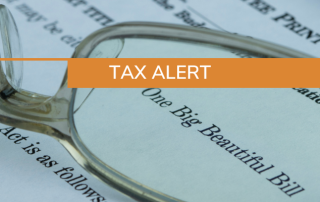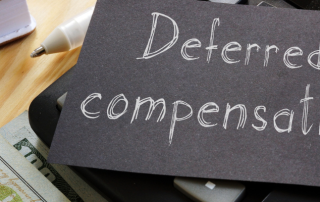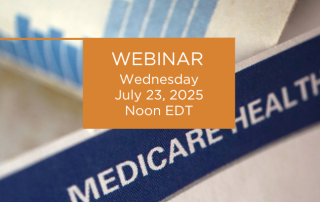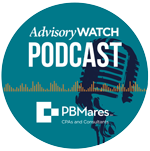Who Owns Fraud Risk? The Pressing Need to Fill Governance Gaps and Keep Criminals Out
Learn more about the importance of identifying whose responsible for preventing fraud risk and how to fill governance gaps to prevent fraud.
Key Tax Changes in the One Big Beautiful Bill
What’s in the One Big Beautiful Bill? Signed into law on July 4, 2025, this sweeping legislation includes more than 100 tax provisions. It builds on the Tax Cuts and Jobs Act (TCJA), modifying and in some cases permanently extending key provisions. The bill aims to update the tax code, stimulate business investment, and introduce new benefits for individual taxpayers. It also accelerates the phaseout of several clean energy incentives.
Mid-Year Construction Update: Market Dynamics and Key Sector Performances
At midyear, the construction market is a mix of strength and uncertainty. While sectors like data centers are seeing strong demand, policy shifts, cost pressures, and labor shortages are affecting project planning across the board. Contractors are staying focused on adaptability and long-term strategy as they respond to changing conditions.
Why Life Insurance Matters for Real Estate Investors
Being an investor in real estate requires a great deal of skill, including identifying potential investment opportunities, planning for capital investment, and maintaining properties over time. For high-net-worth investors whose estate values exceed the lifetime exclusion amount, this can lead to substantial exposure. Learn what unique financial challenges and opportunities investors should consider for wealth management and estate planning strategies.
Owner-Only Deferred Compensation Plans: Structuring tips so they are Allowable, Compliant, and Smart?
If your company has cost-reimbursable contracts, performs work under CAS-covered awards, or submits indirect rate proposals, you should understand the full scope of regulations that apply. Learn what you should consider.
Webinar | Avoiding Medicare Mistakes in Retirement
This presentation will demonstrate the importance of integrating Medicare strategy into your retirement plan. Join PBMares Senior Wealth Advisor, Daniel Yoo, and Margo Steinlage Kreider, J.D., of Steinlage Insurance Agency.









